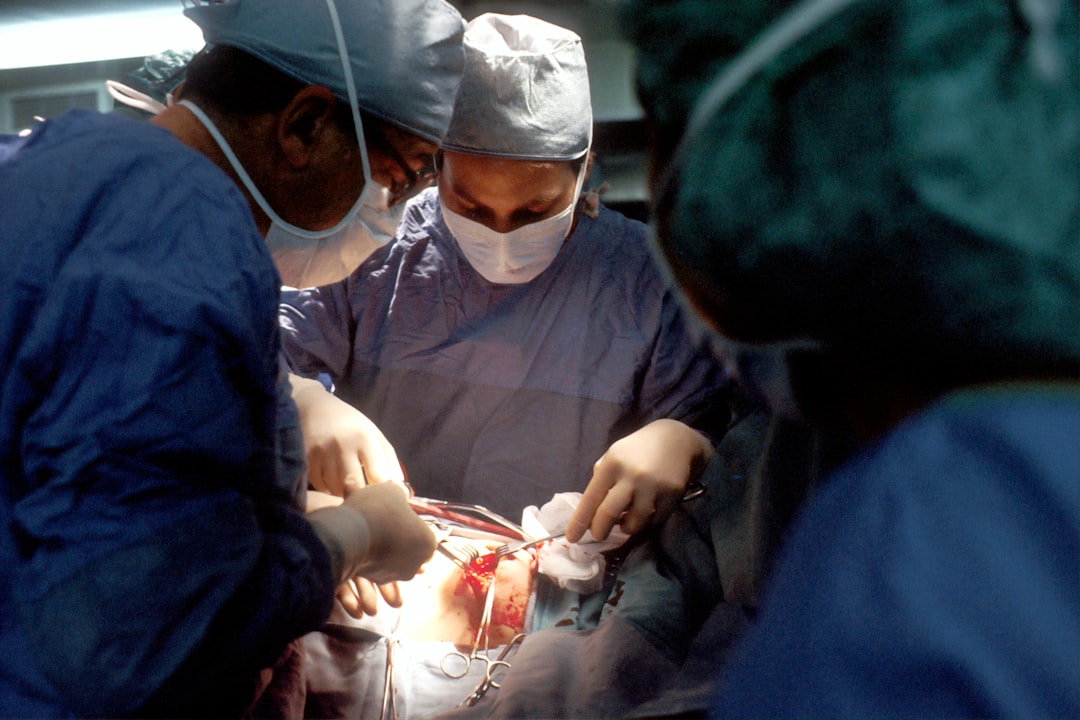What is it about?
Imagine you're standing in a bustling city square. Each person here represents a piece of genetic information, and our goal is to find out what stories they might tell us about our health—specifically, the health of our bones and our overall strength and vitality as we age.
Featured Image

Photo by Markus Spiske on Unsplash
Why is it important?
Now, we know that sometimes our bones can become weak—a condition known as osteoporosis. And as we get older, we might not be as strong or as steady on our feet, a state we refer to as frailty. But what we don't know is whether having weak bones makes us more likely to become frail, or whether being frail increases the risk of our bones becoming weak.
Perspectives
To write this article, I used Mendelian randomization to conduct my academic research, which made what would otherwise be an elusive study exploring causality simple.
Yi Lu
Department of Orthopedics, Chongming Branch, Shanghai Tenth People’s Hospital,China
Read the Original
This page is a summary of: Exploring causality between bone mineral density and frailty: A bidirectional Mendelian randomization study, PLoS ONE, January 2024, PLOS,
DOI: 10.1371/journal.pone.0296867.
You can read the full text:
Resources
Contributors
The following have contributed to this page










